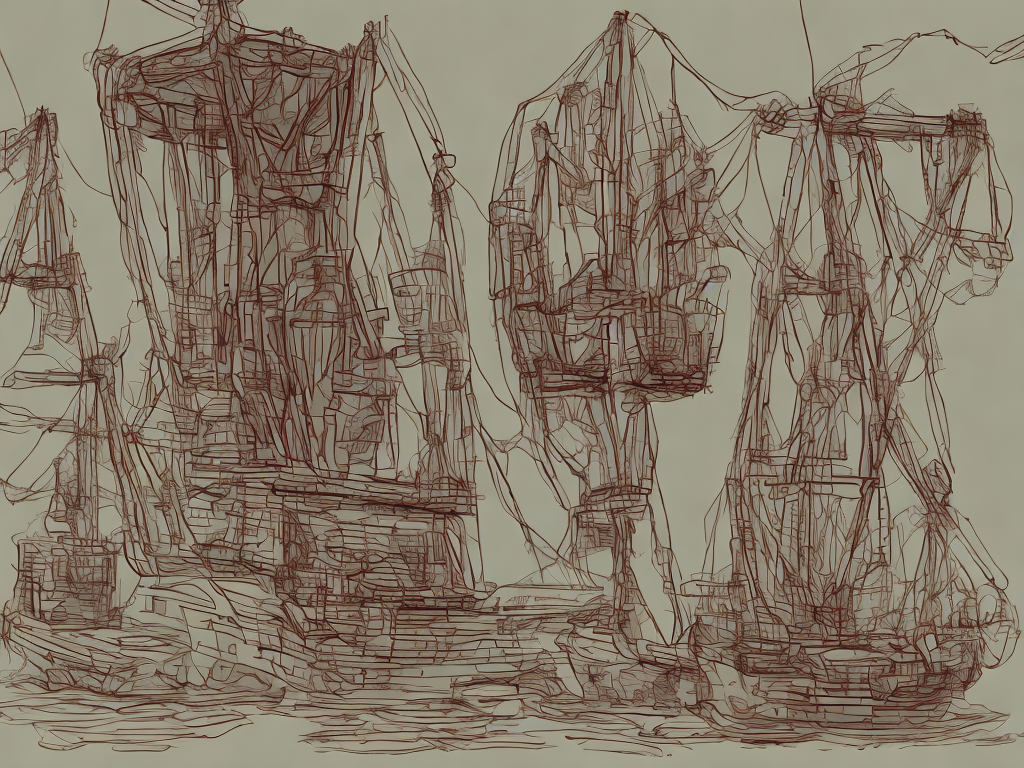
When it comes to shipping, the terms "container" and "vessel" are often used interchangeably, but in reality, they refer to very different things. Understanding the difference between the two is essential for anyone involved in the shipping industry, whether you are a business owner who regularly sends merchandise overseas or someone who works in logistics.
What is a container?
A container is a large, standardized metal box that is used to transport goods in large quantities. The average container is 20-40 feet in length and is designed to be stackable, making it easy to load onto a truck or ship. Containers come in a variety of sizes and types, including:
Standard containers: These are the most common type of container and are used for transporting general cargo such as clothing, electronics, and furniture.
Refrigerated containers: Also known as "reefers," these containers are insulated and have cooling and heating systems to keep perishable items like food and medicine at the correct temperature during transport.
Open-top containers: These containers have an open top instead of a solid roof, allowing for easy loading and unloading of oversized or bulky cargo.
Flat-rack containers: These containers have no roof or sides and are designed for the transportation of large, heavy items such as vehicles or machinery.
What is a vessel?
A vessel, on the other hand, is a large ocean-going ship that is used to transport cargo across long distances. Vessels come in a variety of sizes and shapes, ranging from small fishing boats to massive container ships that can carry over 20,000 containers at once. The most common types of vessels used for container shipping include:
Container ships: These ships are specifically designed for the transportation of containers and come in a range of sizes, from small feeder vessels to large ultra-large container ships (ULCS).
Bulk carriers: These ships are used for transporting loose cargo such as grain, coal, and ore.
Tankers: These ships are used to transport liquids such as oil, gas, and chemicals.
RoRo (Roll-on/roll-off) vessels: These ships are specifically designed to carry wheeled cargo such as cars, trucks, and trailers, which can be driven onto the ship and secured in place.
What is the difference between a container and a vessel?
In simple terms, a container is a large metal box used to transport goods, while a vessel is a large ocean-going ship used to transport cargo across long distances. To put it another way:
A container is the item being shipped, while a vessel is the mode of transportation.
A container can be transported by different modes of transportation, including trucks, trains, and ships, while a vessel can only be used to transport cargo by sea.
A container can be unloaded and loaded onto different vessels, while a vessel is typically used only for one voyage before being loaded with a new cargo.
A container is generally owned by the shipping company or the business sending the cargo, while a vessel is usually owned by a third-party company.
A container is designed to be stackable and easily transportable, while a vessel is designed to be seaworthy and able to withstand the harsh ocean environment.
Why is it important to understand the difference?
Understanding the difference between a container and a vessel is important for several reasons:
Efficiency: Knowing the difference between a container and a vessel can help businesses choose the right mode of transportation to maximize efficiency and keep costs down.
Safety: Containers and vessels must be loaded and secured correctly to ensure the safety of the cargo and crew. Understanding the difference between the two can help prevent accidents and ensure compliance with safety regulations.
Logistics: Knowing the difference between a container and a vessel can help logistics professionals manage the movement of goods more effectively and efficiently, minimizing the risk of delays or other disruptions.
Conclusion
In summary, a container is a large, standardized metal box used to transport goods, while a vessel is a large ocean-going ship used to transport cargo across long distances. While the terms are often used interchangeably, understanding the difference between the two is essential for anyone involved in the shipping industry. Whether you are a business owner who regularly sends merchandise overseas or someone involved in logistics, knowing the difference can help you make more informed decisions about shipping methods, reduce risks, and maximize profits.
 Self-Instruct
Self-Instruct